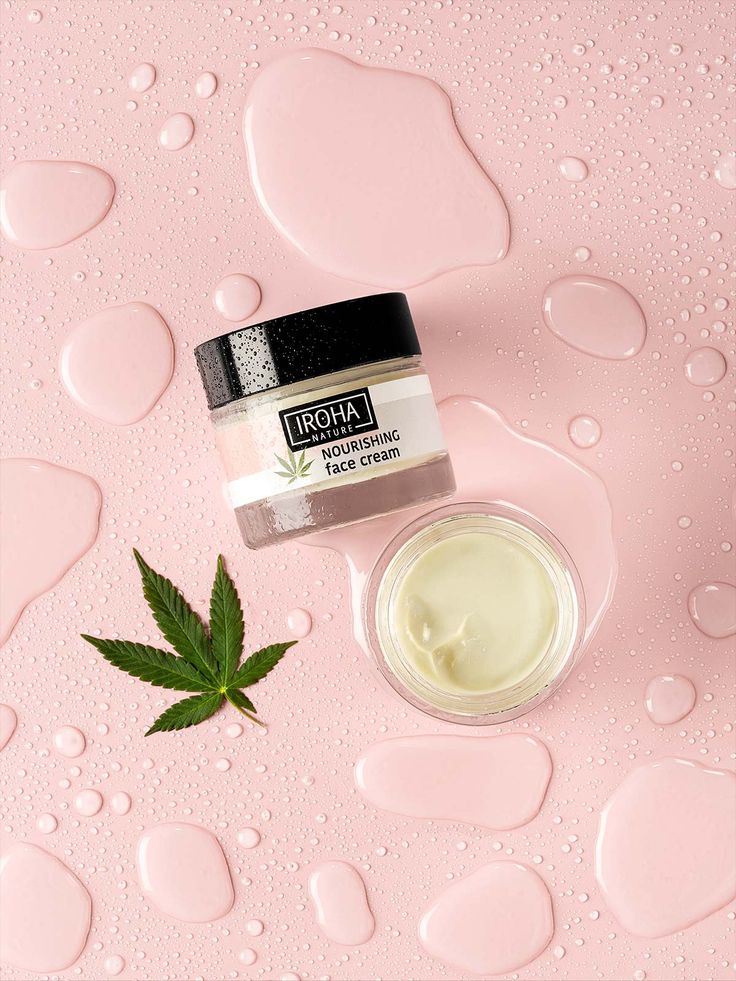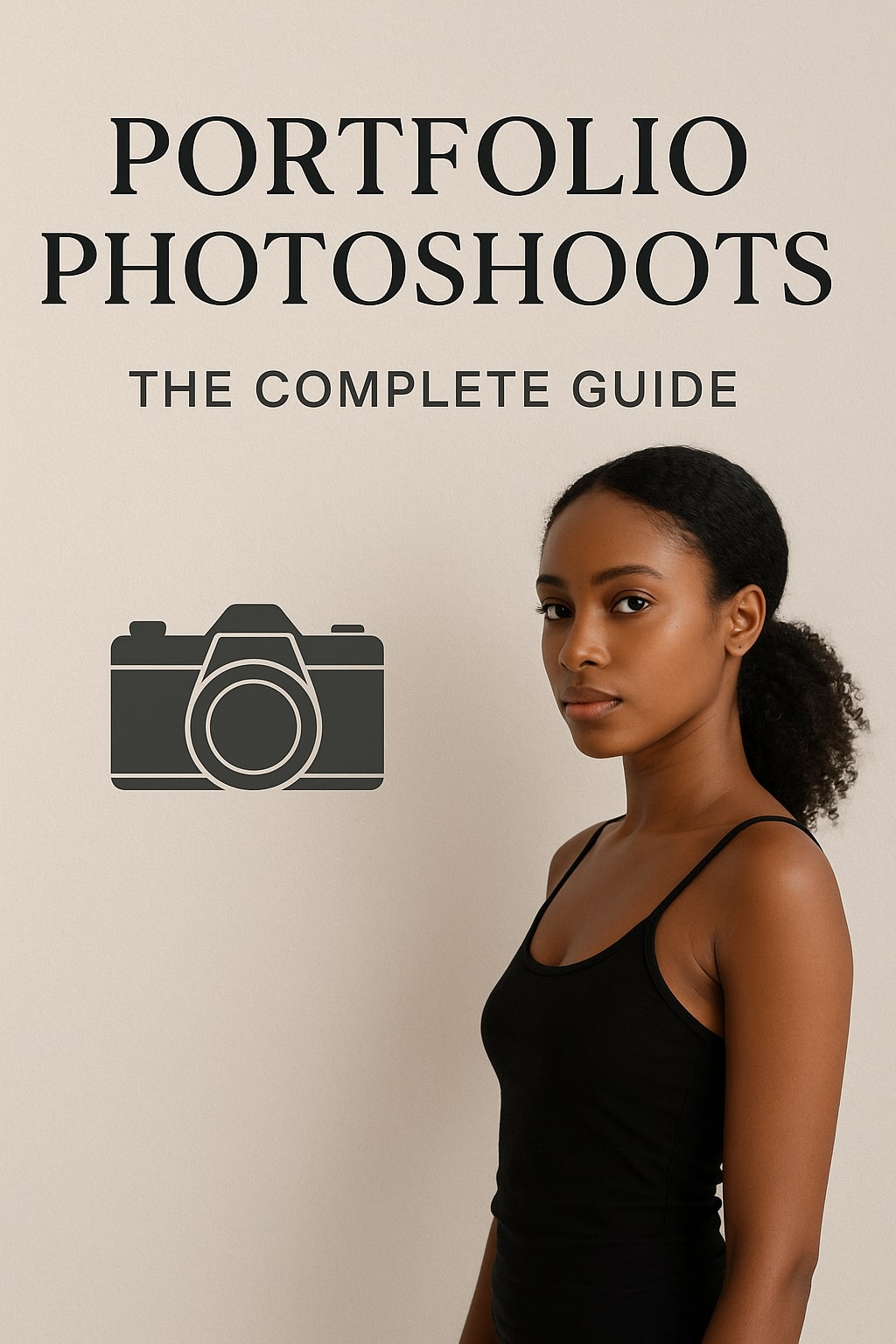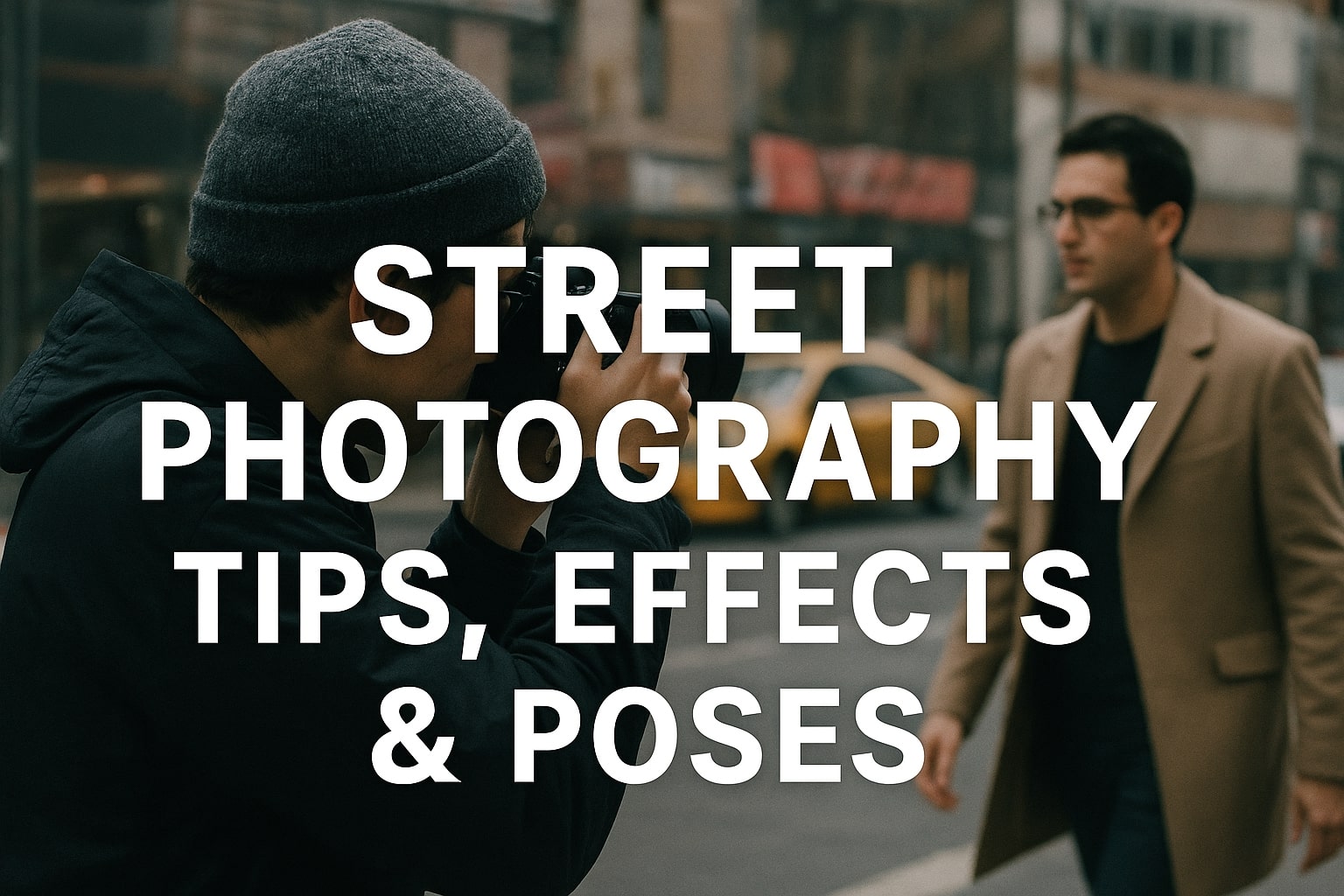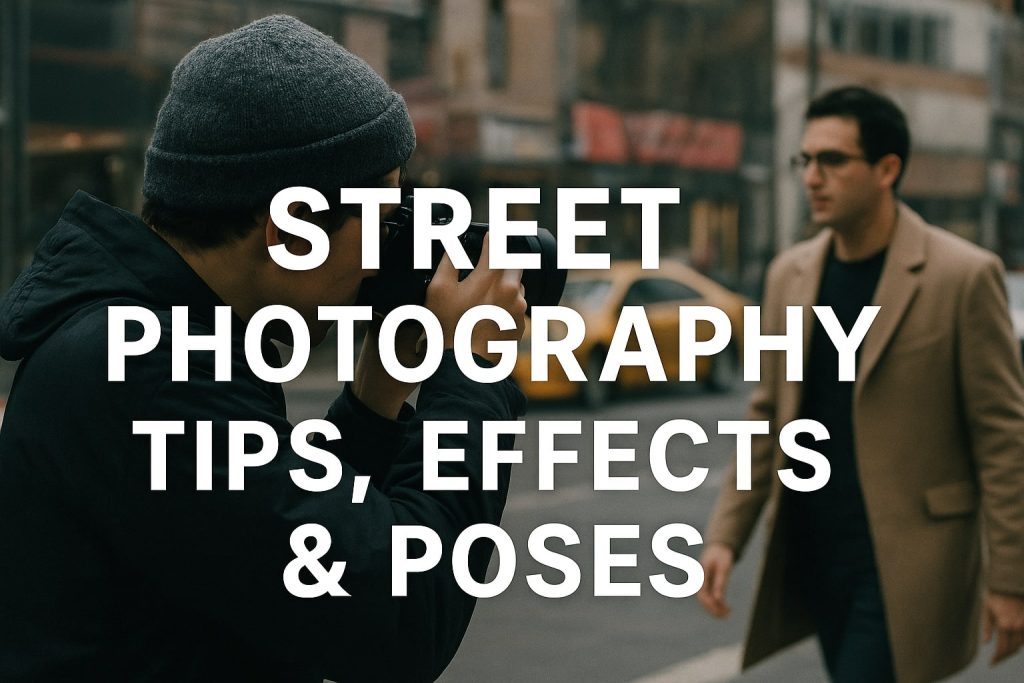In the dynamic world of eCommerce, the competition is fierce, and businesses are constantly searching for ways to stand out. One of the most overlooked yet powerful tools in driving online sales is professional product photography. A well-captured image doesn’t just showcase a product; it tells a story, builds trust, and drives conversions. This blog explores the undeniable impact of product photography on online sales, offering actionable insights and strategies for eCommerce businesses to thrive.
The Importance of Visual Content in eCommerce
1. Visuals as the Primary Decision-Making Tool
In the absence of physical interaction, visuals become the primary way for customers to connect with products. Over 75% of online shoppers base their purchasing decisions on product images.
- Emotional Influence: High-quality visuals create an emotional connection, encouraging impulsive purchases.
- Product Clarity: Clear, detailed images reduce uncertainty, helping buyers make informed decisions.
- Building Trust: Professional images signal credibility and professionalism, essential for retaining customers.





2. The Shift Toward Visual Shopping Experiences
The rise of platforms like Instagram and Pinterest has transformed how customers interact with brands. Visual-first platforms have conditioned users to expect stunning imagery that aligns with their personal tastes and aspirations.
- Social Proof: Attractive visuals encourage social sharing, increasing brand visibility.
- Platform Optimization: Professional photos perform better on visual platforms, driving traffic back to your eCommerce site.
How Product Photography Impacts Sales
1. Enhancing First Impressions
First impressions are critical in eCommerce. A study by Adobe found that 38% of users will leave a website if the content or layout is unattractive.
- Customer Retention: High-quality photos immediately grab attention, encouraging visitors to stay on your site longer.
- Brand Identity: Consistent, professional images establish your brand as trustworthy and reliable.
2. Boosting Conversion Rates
Conversion rates are directly linked to the quality of your product images.
- Multiple Angles: Providing different perspectives ensures customers feel confident about their purchase.
- Detailed Shots: Close-ups that highlight features, textures, and materials help customers visualize the product.
- Lifestyle Context: Images showing the product in real-life scenarios make it easier for customers to imagine owning it.
3. Reducing Return Rates
Returns can be costly for eCommerce businesses. Misleading or unclear photos often result in unmet customer expectations.
- Accuracy: High-quality visuals ensure the product looks as advertised.
- Transparency: Showcasing every detail helps customers make informed decisions, reducing dissatisfaction.
4. SEO Benefits of Optimized Images
Images play a significant role in search engine optimization (SEO).
- Alt Text: Adding descriptive alt text helps search engines index your images, improving visibility.
- Faster Load Times: Optimized images enhance site speed, a crucial factor for ranking.
- Visual Search: Platforms like Google Lens use images to generate search results, making optimized visuals essential.
Key Elements of Effective Product Photography
1. High Resolution
Blurry or pixelated images can instantly turn customers away.
- Professional Cameras: Invest in DSLR or mirrorless cameras for sharp, clear images.
- Editing Software: Tools like Adobe Lightroom enhance resolution without distorting details.
2. Proper Lighting
Lighting can make or break your product photos.
- Natural Light: Perfect for lifestyle shoots, adding warmth and authenticity.
- Studio Lighting: Offers consistency and eliminates harsh shadows for clean product shots.
3. Clean Backgrounds
A cluttered background distracts from the product itself.
- Neutral Colors: White or light-colored backgrounds keep the focus on the product.
- Minimal Props: Use props sparingly to highlight the product’s features.
4. Consistency Across Images
Uniformity across product images ensures a cohesive shopping experience.
- Angle Consistency: Use similar angles for products in the same category.
- Color Matching: Ensure colors appear as close to reality as possible.
Types of Product Photography and Their Impact
1. Studio Photography
- Purpose: Focuses solely on the product.
- Ideal For: eCommerce listings on platforms like Amazon or eBay.
2. Lifestyle Photography
- Purpose: Shows the product in real-life scenarios.
- Ideal For: Social media campaigns and brand storytelling.
3. Macro Photography
- Purpose: Highlights intricate details.
- Ideal For: Jewelry, electronics, or handcrafted items.
4. 360-Degree Photography
- Purpose: Provides an interactive view of the product.
- Ideal For: Tech-savvy audiences looking for an immersive shopping experience.




How to Leverage Product Photography for Maximum Impact
1. Hire a Professional Photographer
While DIY photography might save money upfront, professional photographers bring expertise and quality that’s hard to replicate.
- Portfolio Review: Check their past work to ensure alignment with your brand.
- Budget Allocation: Consider it an investment rather than an expense.
2. Use High-Quality Editing Tools
Editing enhances the overall quality of your photos.
- Software Options: Use tools like Adobe Photoshop for advanced editing.
- Batch Editing: Ensure consistency across multiple images.
3. Optimize Images for Mobile Users
With over 70% of eCommerce traffic coming from mobile devices, optimizing for smaller screens is critical.
- Responsive Design: Ensure images adjust seamlessly to different screen sizes.
- File Compression: Reduce file size without sacrificing quality.
4. A/B Test Your Images
Experiment with different styles to see what resonates with your audience.
- Variation Testing: Compare lifestyle images against studio shots.
- Performance Metrics: Analyze click-through and conversion rates to identify trends.
The Future of Product Photography
1. Augmented Reality (AR)
AR allows customers to interact with products virtually, enhancing the shopping experience.
- Virtual Try-Ons: Customers can see how products fit or look before purchasing.
- Interactive Displays: Boost engagement and reduce uncertainty.
2. AI-Driven Solutions
Artificial intelligence is transforming how product photos are captured and edited.
- Automated Editing: AI tools can streamline post-production processes.
- Smart Tagging: AI can generate SEO-friendly tags automatically.
3. The Rise of Video Content
Videos are becoming an essential part of product photography.
- Dynamic Views: Show products in action to highlight functionality.
- Enhanced Engagement: Videos drive higher interaction rates on social platforms.
Conclusion: Elevate Your Online Sales with Exceptional Photography
In the ever-competitive eCommerce landscape, product photography is a cornerstone of success. High-quality visuals don’t just showcase your products; they build trust, enhance user experience, and drive conversions. Whether you’re a startup or an established brand, investing in professional product photography is essential for long-term growth.
By prioritizing visual content, optimizing images for SEO, and embracing emerging trends, your eCommerce business can stand out in a crowded market. Remember, in the digital world, seeing is believing, and exceptional product photography is the key to turning visitors into loyal customers.

Mobile Photography Hacks: Candid Moments with Your Phone

Professional Model & Portfolio Photoshoots: Show Your Best Work
-

Street Photography Tips, Effects & Poses – Complete Guide
-

Leica Q2 for Photography: Why It’s Loved by Photographers
Mobile Photography Hacks: Candid Moments with Your Phone
Discover high-impact mobile photography hacks to capture genuine, gorgeous candid moments with your phone. Learn practical tips, composition secrets, and pro techniques to turn everyday scenes into stunning visual stories. Introduction: The New Age of Mobile Photography Photography has evolved beyond heavy cameras, technical jargon, and expensive equipment. Today, the power to capture extraordinary moments
Professional Model & Portfolio Photoshoots: Show Your Best Work
” Discover how to plan, style, and execute stunning portfolio photoshoots that showcase your skills, personality, and versatility. This comprehensive guide covers professional tips, posing ideas, gear suggestions, and industry insights for models and photographers.” Introduction – Why Portfolio Photoshoots Are the Cornerstone of a Photographer’s Career A well-crafted portfolio photoshoot is more than a
Street Photography Tips, Effects & Poses – Complete Guide
Discover the ultimate guide to Street Photography with expert tips, creative effects, and dynamic poses. Learn how to capture authentic urban moments, master composition, and tell powerful visual stories through your lens. Article Outline 1. Introduction to Street Photography Street Photography is more than just taking pictures of people in public spaces — it’s about
Leica Q2 for Photography: Why It’s Loved by Photographers
Introduction: The Cult Status of the Leica Q2 The Leica Q2 is not just a camera—it’s a statement. Combining the heritage of German precision engineering with modern digital excellence, it holds a special place in the hearts of professional and passionate photographers alike. With its full-frame sensor, prime Summilux lens, and minimalist design, the Q2
Top Cameras Under ₹1 Lakh for Freelance Photography
Freelance photography is no longer a niche—it’s a booming creative profession that demands not only vision and hustle but also the right gear. Your camera isn’t just a tool; it’s your storytelling partner. If you’re a freelance photographer aiming to balance performance, versatility, and budget, investing in a cameras under ₹1 lakh can offer the
Top Features of Nikon D850 That Make It Ideal for Photoshoots
Explore the top features of the Nikon D850 that make it a powerhouse for photoshoots. From exceptional resolution to dynamic range, this detailed Nikon D850 guide is built for professional and aspiring photographers. 1. Introduction When Nikon launched the D850, it quickly earned a reputation as a flagship DSLR that redefined what photographers could expect





